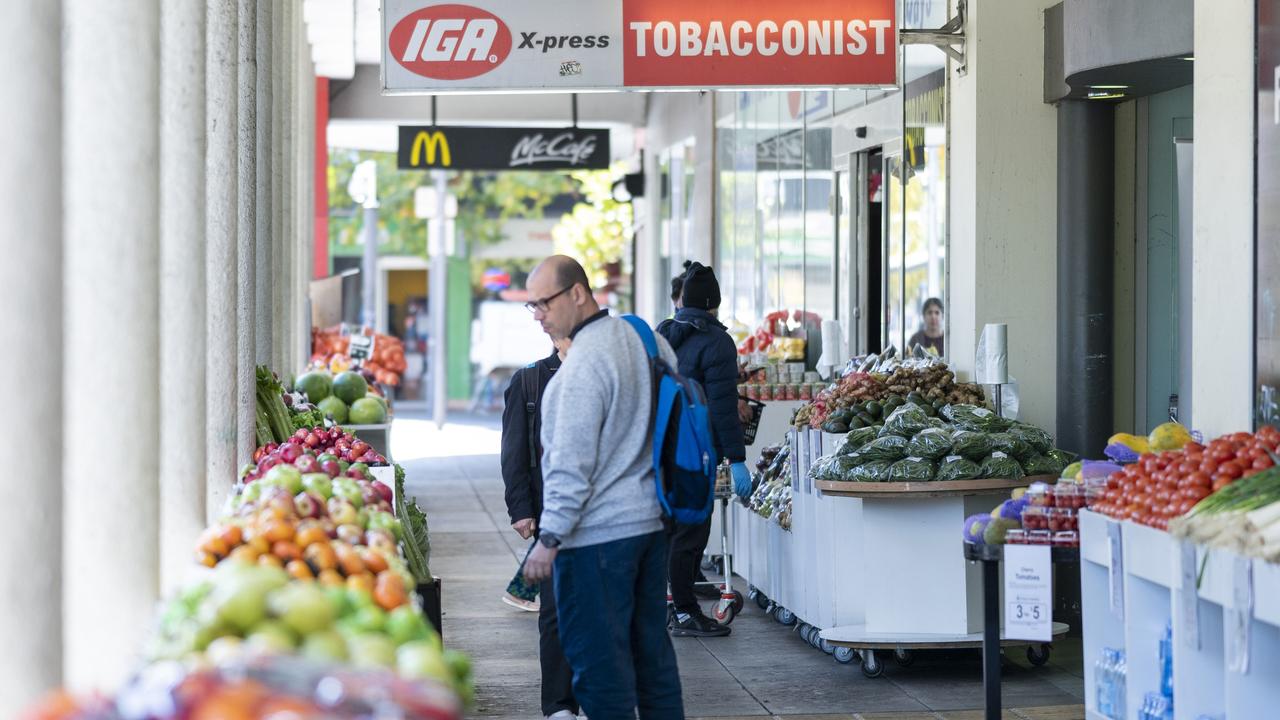Some 3.7 million Australian households are going hungry or on the edge of falling into hunger according to a shocking new report from one of the country’s leading social charities.
Foodbank Australia’s 2023 Hunger Report says more than a third of all households suffered from food insecurity in the past 12 months and 48 per cent of the public now struggles to consistently access adequate food.
“Food insecurity is waking early and sending your child off to school with a rumbling tummy and empty lunch box because you’ve been forced into an impossible choice between paying the rent or buying food that week,” Foodbank Australia chief executive Brianna Casey said.
“Food insecurity is living at home alone as a pensioner, convincing yourself that three meals a day is a luxury and that two – or even one – will suffice.”
The report also states 77 per cent of those households experienced food insecurity for the first time, with some three million falling from the food secure to food insecure category.
The number of households suffering through chronic food insecurity remains stable at 750,000, Ms Casey said.
The report goes on to state by the end of the year, a full half of the country could experience “some level of difficulty” in accessing enough food.
According to the report, rising interest rates and cost-of-living pressures are the key factors pushing Australians into insecurity, with 79 per cent of respondents singling out cost increases as the greatest challenge.
“The last time I couldn’t afford enough food for the family, I just got creative in the kitchen for the kids and didn’t eat myself,” one respondent stated.
“I ate Milo and bickies from the work staffroom to tide me over.”
Another respondent said the family resorted to tinned foods after running out of basic foodstuffs like bread, fruit and milk.
Inflation shocks from the Covid pandemic and the war in Ukraine have pushed up prices around the world and central banks have responded by raising interest rates to prevent price spirals.
Both forces tend to reduce the average spending power of consumers.
The report states 94 per cent of affected Australians altered their spending on groceries in the past 12 months to cope with the pressure, while 62 per cent shifted their spending on housing and 58 per cent altered their spending on energy.
